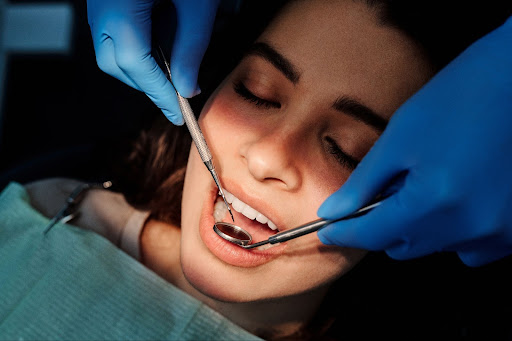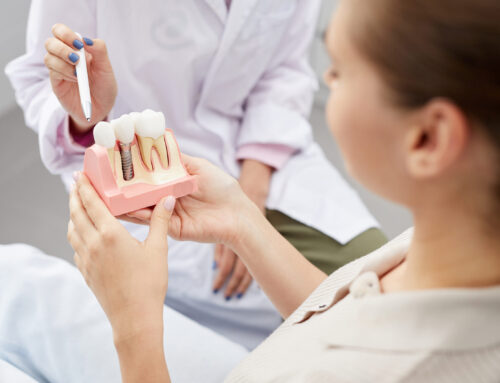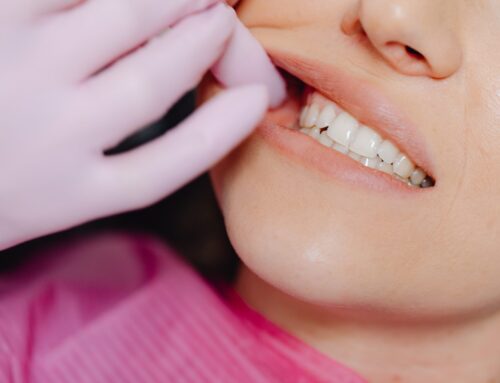What is fluoride, and how do I know if I need it? Dentists commonly use fluoride to strengthen enamel and prevent cavities. At your next visit with Gentle Dentistry, ask one of our staff members about fluoride. They can direct you to dental products such as toothpaste and mouth cleansers containing more fluoride. In the meantime, here is an opportunity to learn more about fluoride and its benefits.
What is fluoride?
Fluoride is a natural material found in your bones and teeth. Fluoride occurs naturally in other things, such as water, soil, plants, rocks, and air. Dentists like Dr. Evans and Dr. Goold use fluoride to strengthen enamel, the outer layer of your teeth, and help prevent decay. Fluoride is commonly added to drinking water in small amounts due to a process called fluoridation.
Benefits
Fluoride is used to improve dental health. Many dental products contain fluoride, such as toothpaste, mouth rinses, and supplements. However, if you are prone to cavities, Dr. Goold or Dr. Evans might recommend using fluoride toothpaste or, in some cases, prescription mouth rinses with a higher fluoride concentration.
Fluoride can rebuild weakened tooth enamel, and this process is called remineralization. Our mouths break down sugar and carbs into acids that eat away at our enamel. That’s why brushing your teeth and drinking water before and after meals are so important. If demineralization occurs, fluoride can help rebuild enamel and prevent cavities.
According to the CDC, the average number of missing or decaying teeth in children dropped by 68 percent from the late 60s to the early 90s following the introduction of fluoridation. Fluoride is also used in medical imaging scans (such as pet scans), cleaning agents, pesticides, and to make Teflon, steel, and aluminum products.
Is fluoride safe?
Dental and Skeletal Fluorosis are two side effects of consuming too much fluoride. While fluoride is a naturally occurring compound, it can still cause side effects when consumed in large doses. The maximum amount of fluoride added to water in the US was adjusted in 2015 to 0.7 parts per million.
Dental Fluorosis occurs when you consume too much fluoride while your teeth are still forming beneath your gums. This results in white spots on the enamel of your teeth. These spots do not cause any adverse symptoms or side effects. Dental Fluorosis is common in children under the age of 8 who have permanent teeth still growing in. Children at this age are more likely to swallow toothpaste containing a lot of fluoride.
Skeletal Fluorosis is similar to dental Fluorosis but affects bones rather than teeth. Early signs include joint pain and stiffness. Bone structure and calcification of ligaments can occur over time. This is a result of high levels of fluoride in drinking water. In different parts of the world, sizeable geologic fluoride deposits contaminate water supplies. Skeletal Fluorosis is very rare in the US.
The Bottom Line
Fluoride is a naturally occurring substance found mainly in bones and teeth in the human body and is also added to drinking water due to fluoridation in the 90s. The process of fluoridation has significantly affected teeth loss over the decades. While fluoride is commonly a deficiency, there are adverse effects to consuming large amounts of fluoride.
With proper consultation and care, the staff at Gentle Dentistry can help you determine if you need additional fluoride to help your dental health. In some cases, Dr. Evans and Dr. Goold will prescribe additional doses of fluoride to strengthen enamel and prevent cavities. Contact our office today to schedule a consultation with our excellent staff.





Leave A Comment